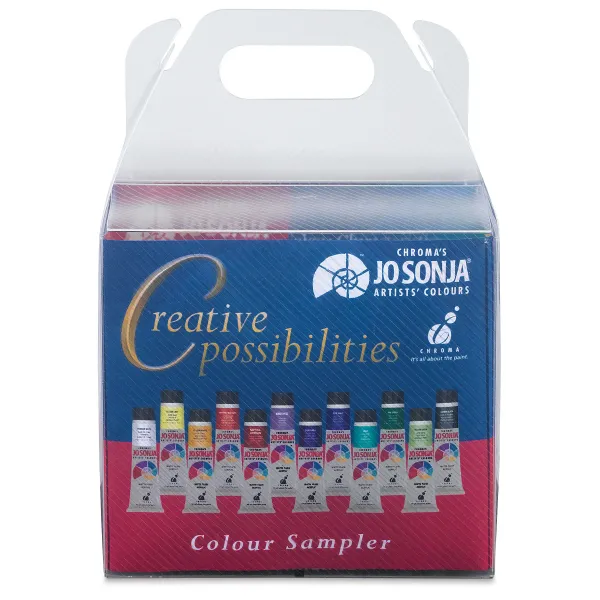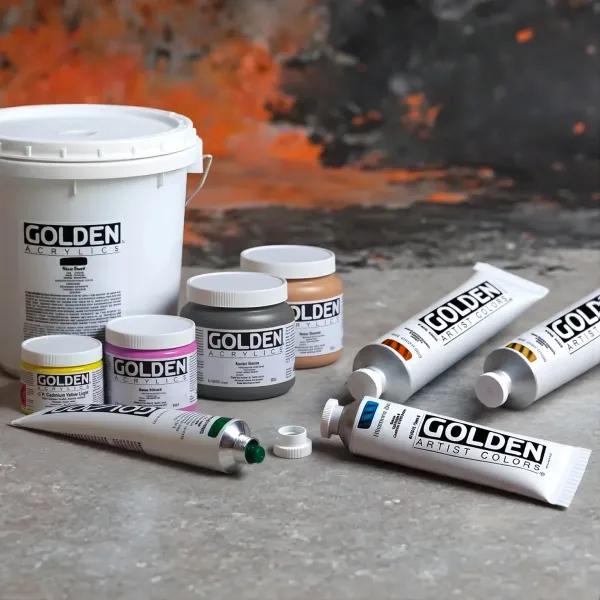The Best Linen Canvas for Oil and Acrylic Painting
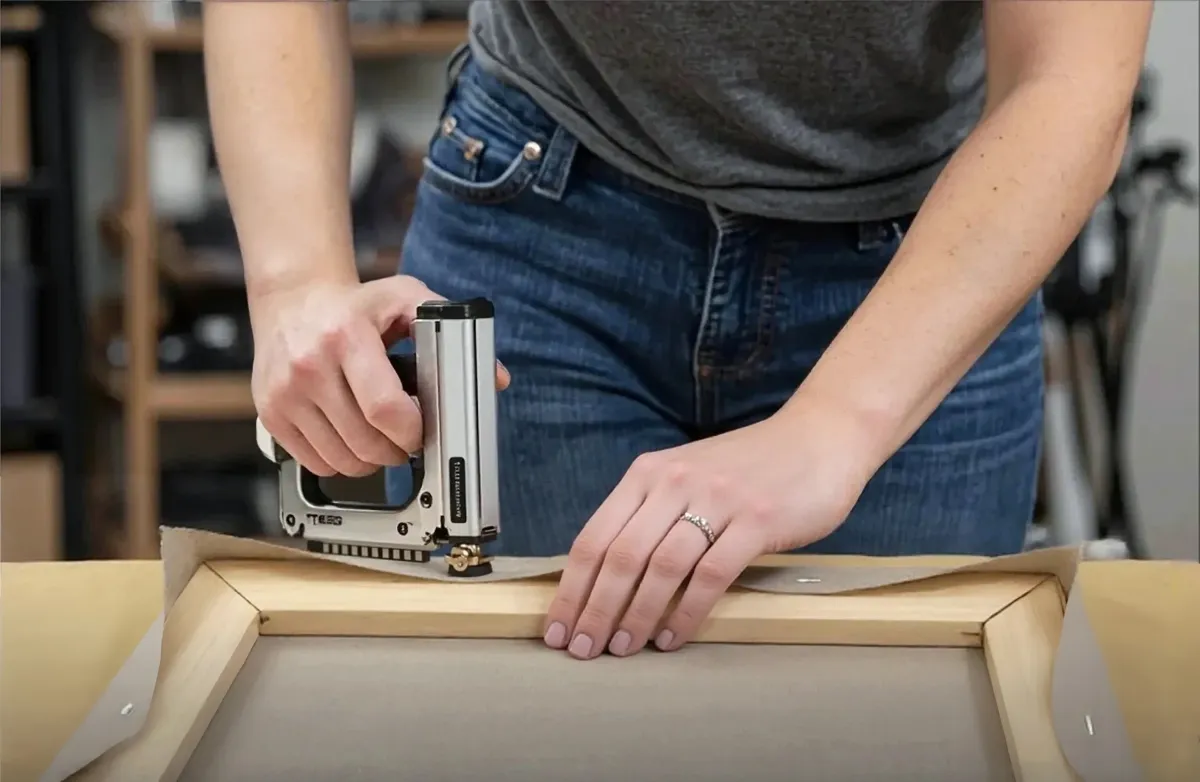
So you’re thinking about trying linen canvas for your next art project—maybe you’ve heard it’s tough, timeless, and perfect for oil or acrylic paints. If you’re used to cotton or other surfaces, you might be curious if linen will actually make a difference.
This blog is here to guide you through why linen is special, how it can benefit your painting style, and which specific linen canvases stand out for both oil and acrylic artists.

Basic Factors to Weigh Before You Buy
1. Weave Type
Linen canvases come in different weaves:
- Fine weave: These are perfect for realism and intricate details.
- Medium weave: Medium weave linens are a balanced choice that can be used for all art styles
- Heavy weave: Suitable for textural brushstrokes.
2. Primed vs. Unprimed
Many linen canvases arrive pre-primed, which means they’re ready to go. If you prefer more control, you can pick unprimed linen That might include applying sizing (like an acrylic medium) and then gesso. Both oil and acrylic painters can prime linen in ways that suit their style. Pre-primed often saves you time, but unprimed can let you customize every layer.
3. Stretched vs. Rolled
Some artists like buying linen on a roll and stretching it themselves, giving them full control over the canvas size and shape. Others pick pre-stretched linen for convenience. If you’re short on time or don’t feel like stretching fabric and wrestling with staplers, a pre-stretched option might be easier. On the other hand, if you like making big, odd-sized artworks, rolled linen can feel liberating.
Linen Canvas Advantages
Below is a short table summarizing why many people love linen:
Advantage | Why It Matters |
|---|---|
Durability | Stays taut over time, strong flax fibers resist tearing or sagging |
Texture | Natural weave can add character to brushstrokes and layers |
Versatility | Suits both oil and acrylic, plus other techniques like glazing or impasto |
Longevity | Museum-worthy longevity for artworks that last decades (or even longer) |
The Best Linen Canvas Options
Now let’s look at some products that cater to both oil and acrylic painters. Each canvas brings something a little different to the table. Maybe you need something budget-friendly, or perhaps you want a premium Belgian linen. No matter your choice, these are well-regarded items that might give your painting a boost.
1. Blick Studio 100% Linen Stretched Canvas
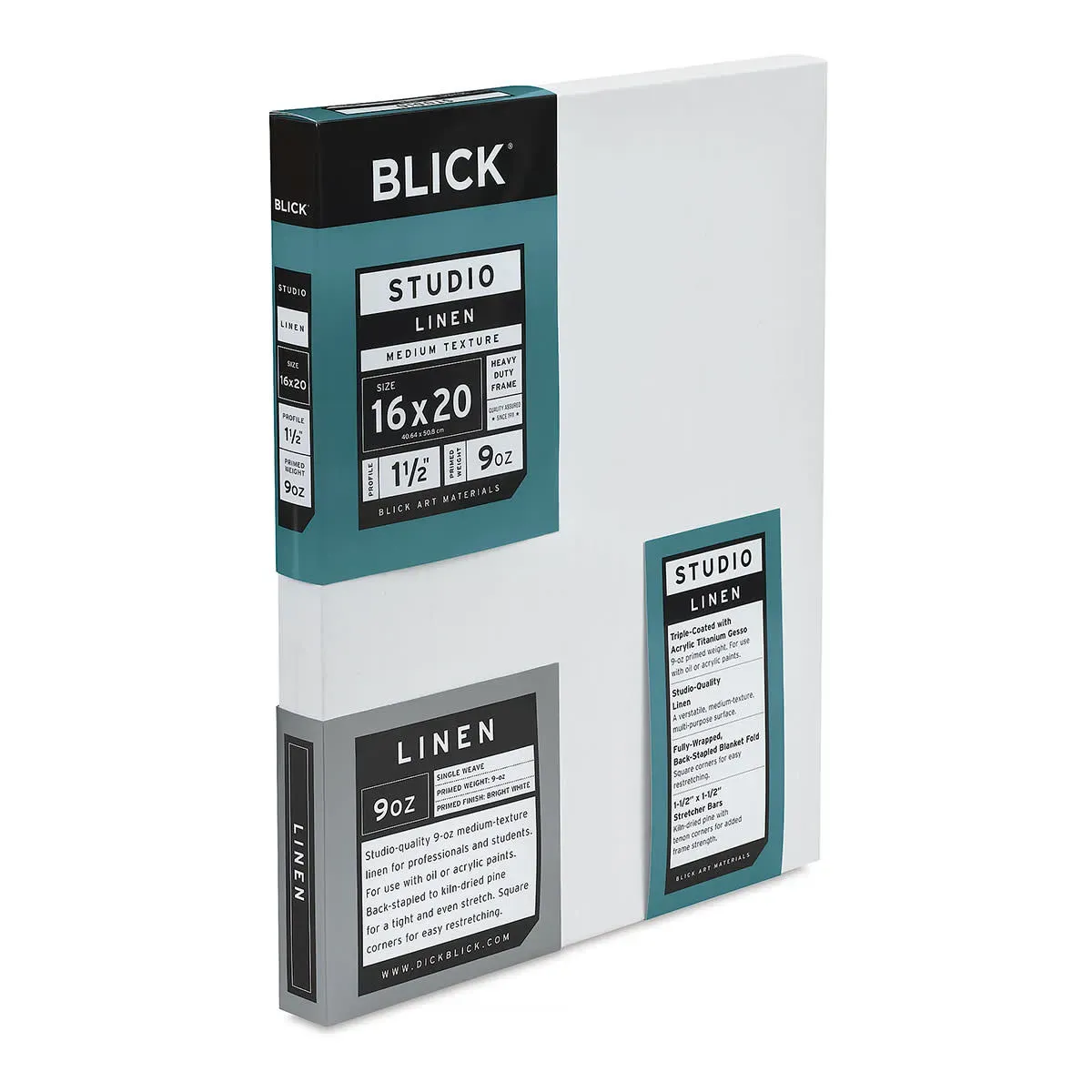
- Material Details: 100% linen with a medium texture.
- Priming and Weight: Starts at 6 oz, then triple-primed with acrylic titanium gesso to reach 9 oz.
- Construction: Solid wood stretcher bars, back-stapled for a clean edge.
- Why It’s Good: It’s a budget-friendly option that works for both oil and acrylic painters. So, if you’re looking for something dependable without spending a fortune. it will be a great choice
- Highlight: The acid-free primer helps keep your colors bright, and the medium texture is versatile enough for detail or slightly thicker strokes.
Because it’s sold at Blick Art Materials, you can often find various sizes. If you’re not sure which format you want, you can experiment with a smaller canvas first, then scale up later.
2. Old Holland Claessens Oil Primed Belgian Linen Canvas
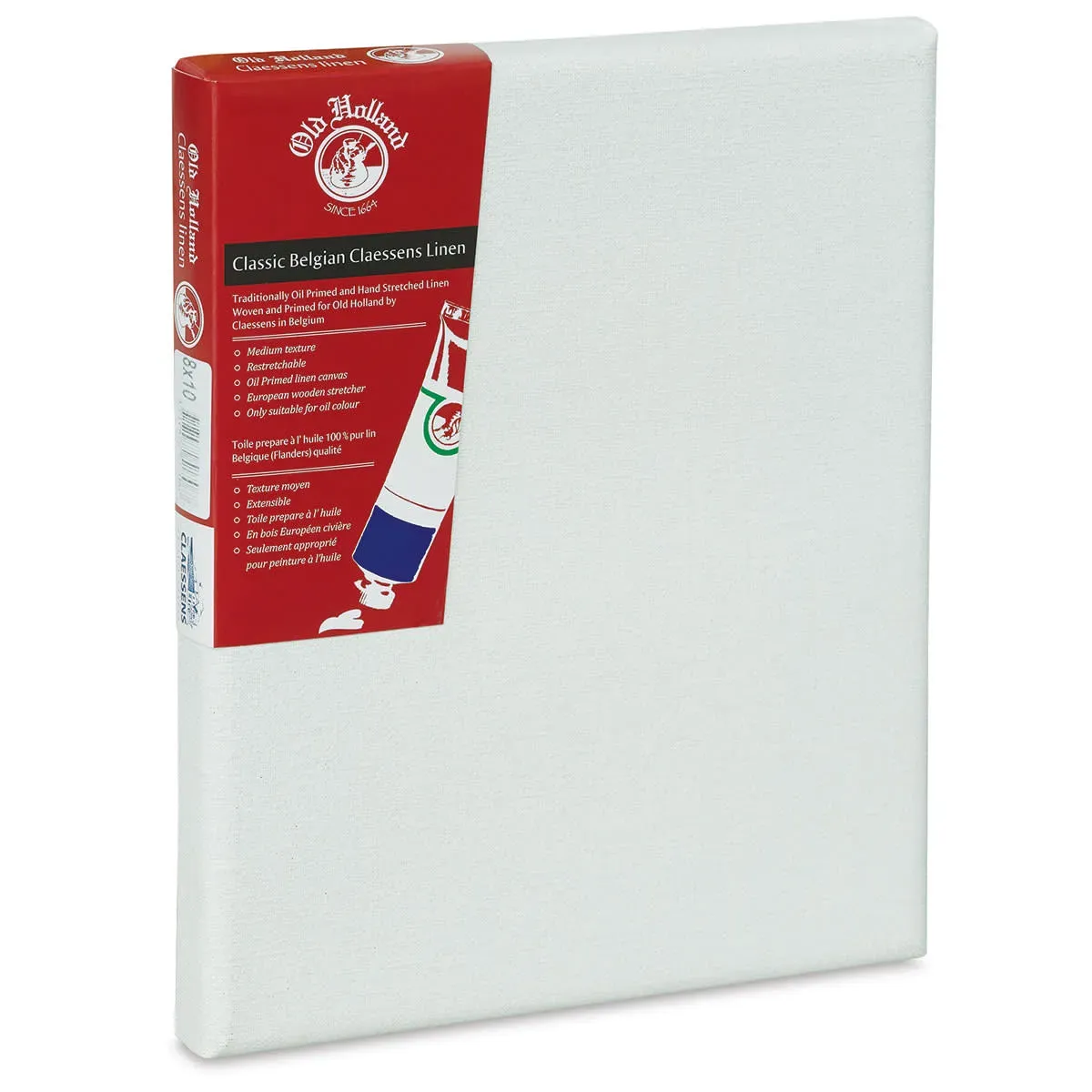
- Material Details: 100% Belgian linen with oil primer.
- Priming and Weight: Two coats of oil primer reach 11 oz per square yard. Each coat is applied by knife, drying for three days in between.
- Construction: Stretched around 13/16" stretcher bars and back-stapled, so you get a neat, solid frame.
- Why It’s Good: This one is heavily favored by oil painters who want a premium feel. The oil-based primer might not be the best for acrylics, though some acrylic painters still give it a try after an extra layer of acrylic gesso.
- Highlight: The brand reputation. Old Holland is known for top-notch materials, and Belgian linen is often seen as the gold standard for archival work.
If you’re serious about oil painting, this canvas might become your new go-to. The careful priming process means fewer surprises, and you’ll likely see your oils gliding on smoothly.
3. Fredrix Pro Series Belgian Linen Canvas
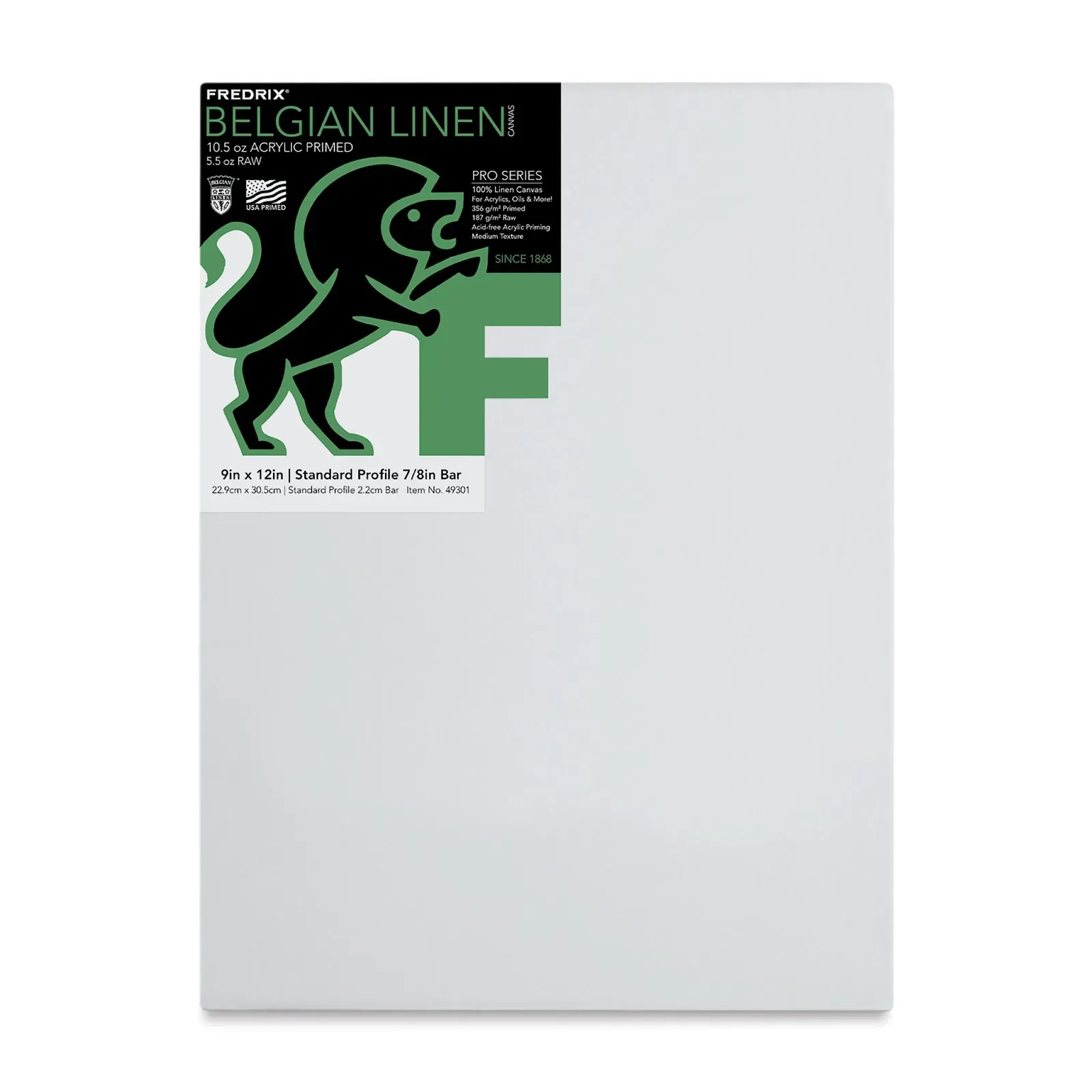
- Material Details: 5.5 oz pure Belgian linen, primed to 11 oz with acrylic titanium gesso.
- Construction: Kiln-dried stretcher strips with bracing for extra stability. Available in 7/8" profile.
- Why It’s Good: Suitable for oil, acrylic, and even water-soluble oils. You can also use paint markers or spray paints if that’s your style.
- Highlight: The brand sources high-quality stretcher strips from sustainable forests. Also, the acid-free primer is applied in the USA, which might matter if you enjoy supporting local craftsmanship.
Fredrix has been in the canvas business for a long time, so they understand what artists expect. This Pro Series stands out for its consistent weave and a nice balance of cost vs. quality, making it appealing to both beginners and seasoned painters who want a reliable linen surface.
4. Museo Alu-Frame Claessens Belgian Linen Canvas
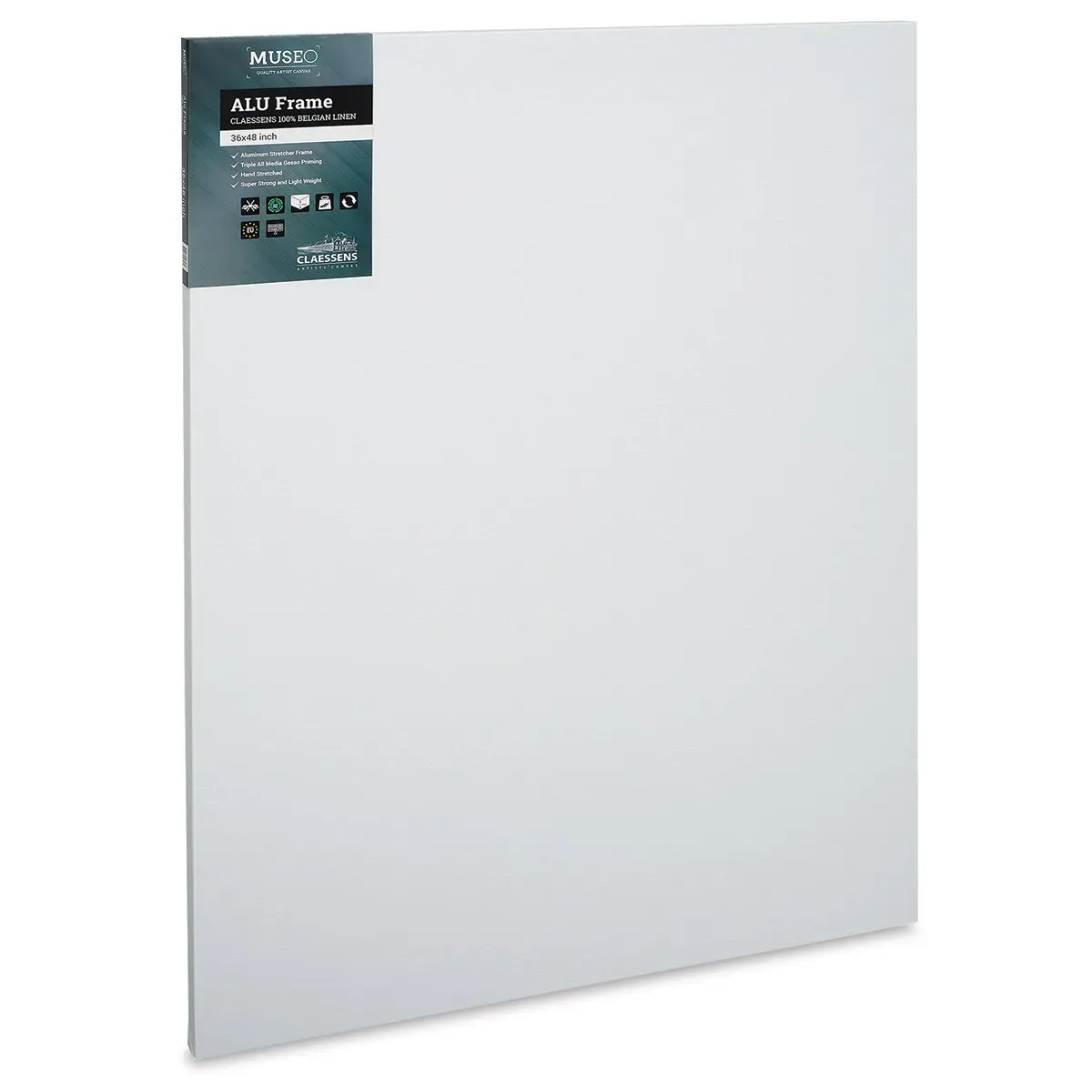
- Material Details: Claessens Belgian linen, triple-coated with universal, acid-free gesso to a primed weight of 11.64 oz.
- Frame Tech: Aluminum stretcher bars with wood edging. This design keeps the canvas stable in different climates, with less risk of warping.
- Why It’s Good: If you’re creating large or heavy pieces, you don’t want your canvas to bend or twist over time. The aluminum bars add serious strength, which can give you peace of mind.
- Highlight: The modular frame can be assembled or taken apart easily, which makes shipping or storing big artworks a bit simpler.
This design is especially handy for artists who travel to shows or move their art frequently. The advanced frame technology could be a game-changer if you struggle with warping in wooden bars, especially in humid or cold places.
5. Masterpiece Artfix Oil Primed Linen Canvas
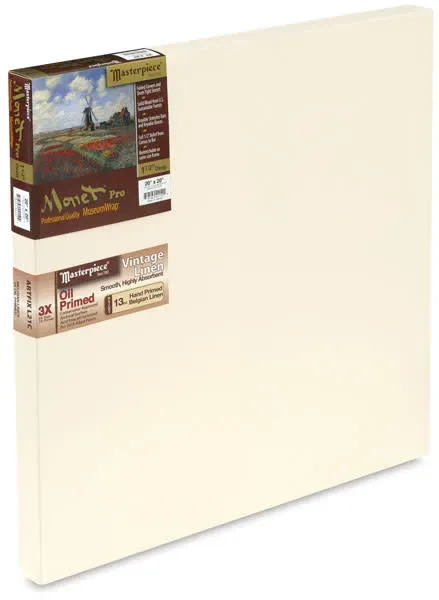
- Material Details: Archival-quality Belgian linen primed by hand with two coats of size and one coat of oil-based primer.
- Weight and Structure: 13 oz primed weight, with a robust tongue-and-groove bracing system that stays adjustable without extra glues or staples.
- Why It’s Good: Strong tension that can be tweaked as needed, plus an oil-primed surface that many traditional oil painters love.
- Highlight: Available in two profiles—Vincent Pro (7/8") and Monet Pro (1-1/2"). The staple-free edges let you hang it without a frame or re-stretch if you decide to tighten the canvas later.
If you’re all about oil painting and want a smooth, carefully prepped surface, Masterpiece’s Artfix line is worth a look. Because it’s oil-primed, acrylic painters might prefer something else, but if you blend oils for hours, this could be right up your alley.
Matching Each Canvas to Your Needs
Here’s a quick table to help you compare the five canvases based on a few key features:
Canvas | Ideal Paint Type(s) | Frame Material | Priming Type | Key Benefit |
|---|---|---|---|---|
Blick Studio 100% Linen | Oil or Acrylic | Solid Wood Bars | Acrylic Titanium Gesso | Budget-friendly, versatile |
Old Holland Claessens Oil Primed Belgian Linen | Oil (mostly) | Wood Bars (13/16") | Oil Primer (knife-applied) | Premium brand, classic oil surface |
Fredrix Pro Series Belgian Linen | Oil, Acrylic, Mixed | Kiln-Dried Wood | Acrylic Titanium Gesso | Excellent bracing, wide technique range |
Museo Alu-Frame Claessens Belgian Linen | Oil or Acrylic | Aluminum + Wood Edging | Universal, acid-free Gesso | Resists warping, modular frame |
Masterpiece Artfix Oil Primed Linen | Oil (some prefer for acrylic with extra prep) | Wood Bars (Vincent/Monet Pro) | Oil Primer | Strong tension system, multiple profiles |
Where to Buy The Best Linen Canvas?
You might be asking: “Where can I find all these canvases?” One popular spot is Blick Art Materials, known for a huge range of artist supplies. You’ll likely find most (if not all) of the canvases mentioned above on their website or in their physical stores. Since they cater to everyone from hobbyists to career artists, there’s usually a size and style for every painter. You can also read reviews from other painters, which can help you pick one that fits your approach.
Of course, local art stores might carry some of these items too. If you prefer to examine the weave in person, you can always stop by a nearby shop to see if they have these brands on their shelves.
Tips for Making the Most of Your Linen Canvas
Pick the Right Primer
If you like oils and you purchase an unprimed linen, you’ll often want to size it first, then apply an oil-based primer. Meanwhile, if you work in acrylic, you might opt for an acrylic primer (often sold as gesso).
Store Canvases with Care
Keep them upright or flat in a cool, dry spot. Extreme humidity might cause wooden bars to shift or warp, though aluminum frames can help with that.
Try Different Sizes
Start small if you’re new to linen. That way, you can test how the surface feels under your brush.
Conclusion
Choosing the best linen canvas for your oil or acrylic paintings can be confusing at first. If you’re a beginner or a professional painter, linen will improve the way your art looks and lasts. So why not give it a try? You might discover that painting on linen opens new creative doors, letting your colors shine, and your techniques flourish.

